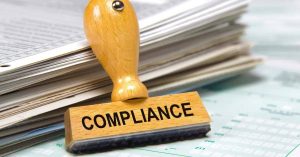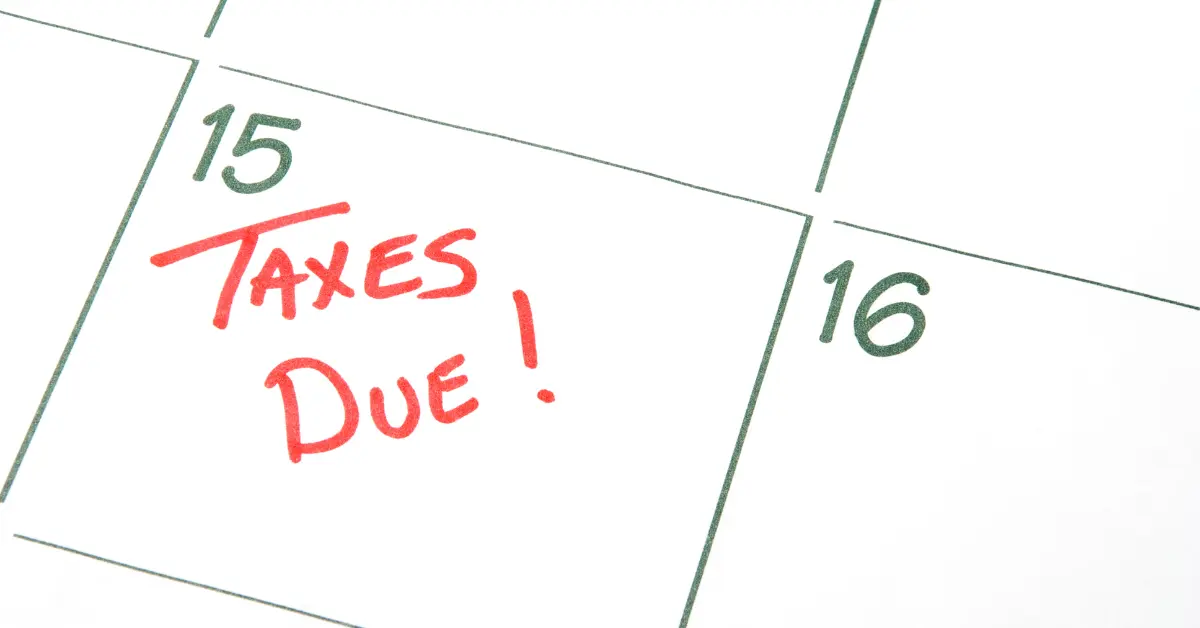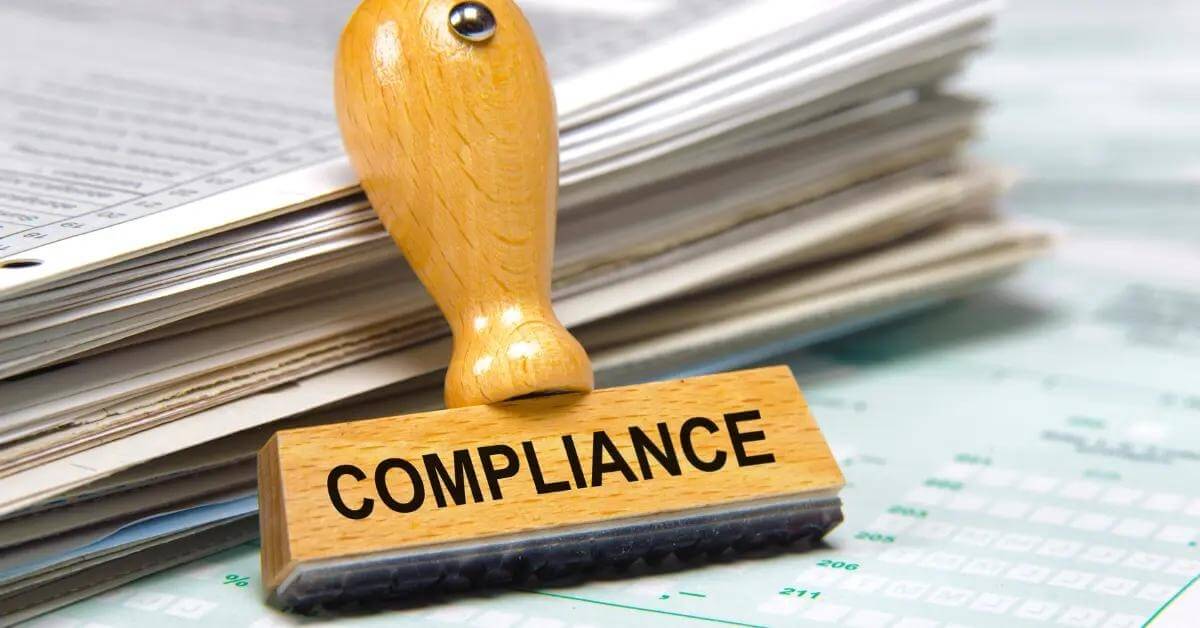Refunds are an important part of the tax filing process for many people. Knowing when to expect your refund and how it will be issued can help you plan financially and make sure that your money is put to good use.
Understanding Tax Topic 152 can help you get the most out of your refund and ensure that you receive it in a timely manner.
The IRS has a variety of tax topics on IRS procedures, collection processes, filing methods, how to get help, and more. Exploring these topics can be a great way to learn more about the U.S. tax code and IRS processes, and this guide will give you a head start by covering the essentials of Tax Topic 152.
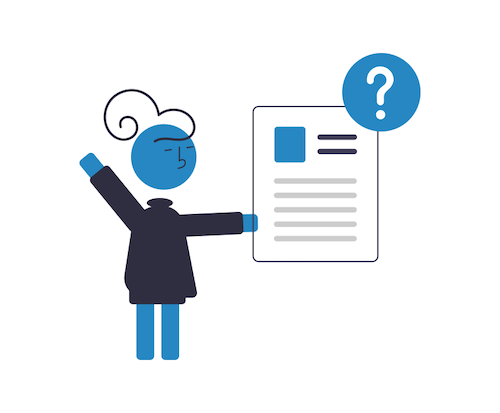
What is Tax Topic 152?
Tax Topic 152 is nothing more than an Internal Revenue Service (IRS) message informing taxpayers that their tax refund has been approved and is in the process of being processed.
It does not mean that there is an issue with the taxpayer’s return or account; rather, it simply means that the IRS has accepted the taxpayer’s return and that the refund should arrive shortly.

Information Covered in Tax Topic 152
Tax topic 152 provides taxpayers with essential information about their tax refunds. This topic doesn’t explain how the IRS calculates refunds, and it doesn’t offer any guidance on how to file your tax return.
It instead focuses on what to expect if you’ve filed a tax return and are expecting a refund. Here are some of the main subjects covered in Tax Topic 152:

When Will I Get My Refund?
The IRS issues most refunds in three weeks or less, but refunds from amended returns typically take around 16 weeks. Refunds related to injured spouse claims and tax withheld on Form 1042-S may take even longer to process.
People who file their tax returns early may have to wait until the first week of March to receive their refunds if they include an Earned Income Tax Credit or an Additional Child Tax Credit.
Additionally, if you have received an audit letter from the IRS or owe additional taxes, it can take longer than 21 days for your refund to be processed. The best way to keep track of when your refund will arrive is by using the “Where’s My Refund” tool on the IRS website or downloading the mobile app.

Refund Method
Tax Topic 152 also explains the different methods the IRS uses to distribute refunds to taxpayers. The IRS can send a paper check to the address on your return, but you typically receive the refund faster if you opt for direct deposit into your bank account
You can also request the IRS to deposit your refund into a TreasuryDirect account, a Health Savings Account, an Archer MSA, a Coverdell Education Savings Account (ESA), or a Traditional, Roth, or SEP-IRA. You can even use your refund to buy a U.S. savings bond, and the IRS will take care of the process for you.
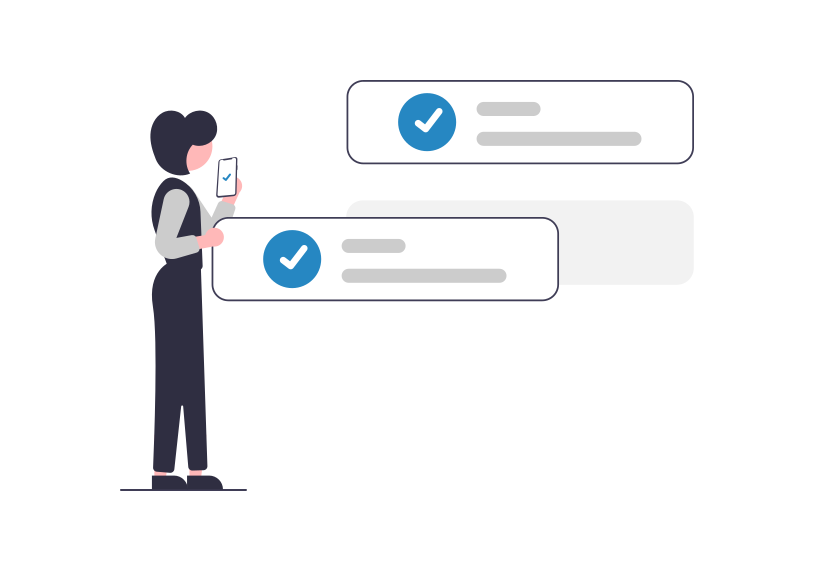
Splitting Your Refund
The IRS allows you to split up your refund. You can choose to have your refund split and deposited in up to three different bank accounts, or if you opt to buy a savings bond with your refund, you can direct the remaining amount to a bank or a TreasuryDirect account.
Tax Topic 152 is a great starting point to learn about how the IRS deals with refunds, but you may need to dive deeper in some cases. The IRS’s web page on Tax Topic 152 provides an overview of the subjects mentioned above, but it also features links to pages and forms where you can learn even more.

How to Check the Status of Your Refund
Tax Topic 152 also covers information on how to check the status of your refund. The IRS says you can start to check the status of e-filed returns 24 hours after submitting them, but you should wait about four weeks to check the status of a mailed return. Here is how to check on your return:
1. Mobile
The IRS has a mobile app that allows you to check the status of your return. IRS2Go is available on Google Play, the Apple App Store, and Amazon, and this app also lets you make payments, access tax help, and sign up for alerts.
2. Online
You can also check on the status of your refund online using the IRS’s Where’s My Refund tool. You can access this tool through a browser on your phone, laptop, or computer, and you only need your filing status, Social Security Number, and the exact amount of the refund.
3. Telephone
People who don’t have access to the internet can check their refund status over the phone. You can call 800-829-1954 to check the status of most tax refunds, but you should call 866-464-2050 if you’re checking on the status of a refund from an amended tax return.
The IRS’s refund status has three different stages: received, approved, and sent. Your status, for example, will show “received” if the IRS has your return but is still processing it and hasn’t approved the refund.
It will show “approved” if the refund has been approved but hasn’t been dispatched to your refund method. It will say “sent” if a check has been mailed or a direct deposit has been initiated.

Mistakes to Avoid With Tax Topic 152
1. Contacting the IRS Too Early
Don’t contact the IRS unless you mailed your return six weeks ago or your e-filed return was accepted at least 21 days ago.
2. Assuming All Refunds Take the Same Amount of Time
Tax refunds typically take anywhere from a few days to several months, depending on the complexity of your tax situation and the method you use to file your taxes. If you submit an electronic tax return, you can usually expect to receive a refund within 21 days.
However, if you mail your return, it could take up to six weeks for processing.
There are other factors that can further delay the process. For example, if there is any discrepancy between your filing information and information received by the IRS from third-party sources (such as banks or employers), this could lead to additional reviews and delays of up to 45 days in some cases.
Additionally, if you’re claiming particular deductions or credits with form 8880 that require extra review by the IRS, such as those related to business expenses or investments, this too could lead to longer wait times until a refund is issued.
The same holds true if you owe money but claim a refund; since the IRS has to verify all information before issuing a refund check or direct deposit payment, they may take extra time verifying these types of requests.
Even when all information has been verified correctly and without issue, it can still take up to six weeks for processing – particularly for paper returns.
The fastest way to get your tax refund is generally considered e-filing with direct deposit; this allows you to have access to your funds within twenty-one days from when the return was accepted by the IRS.
This option also eliminates the chance of any sort of postal error that could cause further delays in getting your funds back from Uncle Sam.
3. Believing IRS Agents Have More Info
IRS agents can typically only see the same information shown on the Where’s My Refund tool.
4. Not Calling the IRS If Requested
You should call the IRS if the Where’s My Refund tool says to contact them.
5. Not Cashing a Small Check
You should cash your refund check if it’s smaller than expected. The IRS will send a notice explaining the difference.
6. Not Reporting a Missing Check
Always report missing refund checks so the IRS can trace the missing check and issue you a new one.
You should also contact your accountant or double-check the direct deposit information on your return if your refund is taking longer than expected. Mistakes could lead to processing delays.

Have Questions About Tax Topic 152?
Tax Topic 152 and other IRS concepts can be complicated, and if you have tax debt, the government may keep your refund. Silver Tax Group can represent you in any dealings with the IRS.
Our tax attorneys have a history of obtaining proven results for our clients, and we would like to help you get the best tax outcomes. Contact our team today for a free consultation.
Frequently Asked Questions: Tax Topic 152
How long does it take to receive a refund according to Tax Topic 152?
IRS refunds typically arrive within three weeks; however, amended returns may take 16 weeks. Refunds involving injured spouse claims, Form 1042-S withholdings, or certain tax credits could be delayed. Audits or debts can extend processing past 21 days.
What are the different methods for receiving a tax refund?
The IRS provides multiple refund options: paper checks, direct deposit, deposit into TreasuryDirect, Health Savings Account, Archer MSA, Coverdell ESA, or IRAs (Traditional, Roth, SEP). Taxpayers can also purchase U.S. savings bonds with their refunds.
How can I check the status of my tax refund?
You can check your tax refund status with the IRS2Go app, on the IRS website's "Where's My Refund" tool, or by phone. E-filed return statuses are available 24 hours post-submission; mailed returns take about four weeks. There are three stages to IRS refund statuses: received, approved, and sent.
What are common mistakes to avoid regarding Tax Topic 152?
Avoid these errors: Contacting the IRS too soon (wait 21 days for e-filed or six weeks for mailed returns), thinking all refunds are equal in timing, believing IRS agents know more than the "Where’s My Refund" tool, ignoring prompts to call the IRS by the tool, and failing to cash a reduced refund check (a notice will explain any discrepancies).
Is the tax topic 152 good or bad?
Tax Topic 152 is neither inherently good nor bad. It is simply an informational message from the IRS indicating that your tax return has been received and your refund is being processed.
It does not imply any problems with your return or account. Receiving Tax Topic 152 is a standard part of the refund process for many taxpayers.
How long can the IRS hold your refund for review?
Your tax refund could be delayed by the IRS due to errors, missing information, or extra reviews. Typically issued within 21 days, certain claims or amendments can cause further delays.
The IRS will contact you if necessary. Check your status with the "Where's My Refund" tool.



